Please Join Flagler and Nova Southeastern University for its Inaugural Charity Golf Tournament. This event will aide the Scholarship Fund for the College Health Care Science.
$150 per person which includes breakfast, lunch buffet, and shirt.
At: The "Caddy Shack" course, Grand Oaks Golf Club.
Please call Richard at Flagler 561-833-1747 or contact Kevin Kunkel, PhD, PT tournament chair at 954-262-1748 for more details.
$150 per person which includes breakfast, lunch buffet, and shirt.
At: The "Caddy Shack" course, Grand Oaks Golf Club.
Please call Richard at Flagler 561-833-1747 or contact Kevin Kunkel, PhD, PT tournament chair at 954-262-1748 for more details.



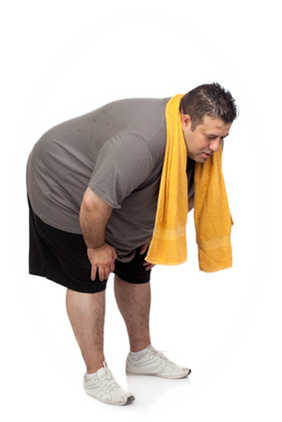 It's important to be physically active, and avoid injuries at the same time. This is especially important for a 'weekend warrior'. If you are sedentary, it's extremely important to plan ahead in order to avoid exercise-related injuries. After all, the human body cannot go from 'inactive' mode to 'weekend warrior' mode in an instant.
It's important to be physically active, and avoid injuries at the same time. This is especially important for a 'weekend warrior'. If you are sedentary, it's extremely important to plan ahead in order to avoid exercise-related injuries. After all, the human body cannot go from 'inactive' mode to 'weekend warrior' mode in an instant.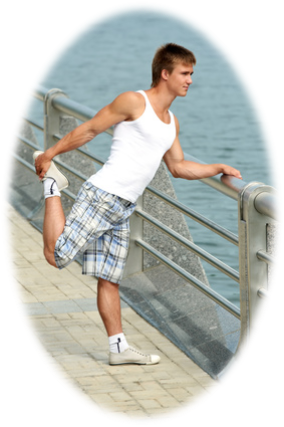 A warm up is a simple, yet neglected way to avoid injuries. Eight to ten minutes of walking or light jogging, combined with some light stretching is a great way to prepare your body for progressive exercise intensity and minimize injuries.
A warm up is a simple, yet neglected way to avoid injuries. Eight to ten minutes of walking or light jogging, combined with some light stretching is a great way to prepare your body for progressive exercise intensity and minimize injuries. 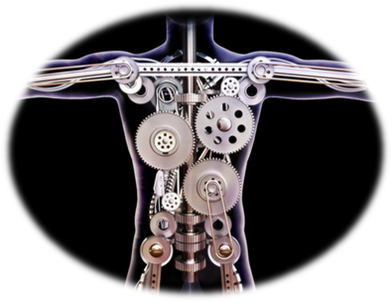 If you are one of the many weekend warriors this summer, here are a few ways that a physical therapist can help:
If you are one of the many weekend warriors this summer, here are a few ways that a physical therapist can help:
 Summer is a time to have fun and spend time outdoors. It is an opportunity to enjoy the sunshine. It's a time when you can go out for a walk and roll down the windows and take in everything that nature has to offer. The weather encourages you to be active and venture outside.
Summer is a time to have fun and spend time outdoors. It is an opportunity to enjoy the sunshine. It's a time when you can go out for a walk and roll down the windows and take in everything that nature has to offer. The weather encourages you to be active and venture outside.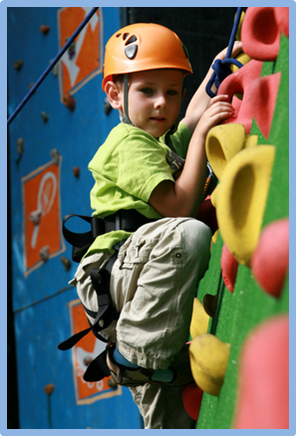 Here are some tips that to ensure a safe, fun and injury-free summer:
Here are some tips that to ensure a safe, fun and injury-free summer: Don't let the summer months pass you by because of an injury. Nobody wants to spend the summer stuck in bed because of a preventable injury. Visit your physical therapist today to learn about injury prevention this summer.
Don't let the summer months pass you by because of an injury. Nobody wants to spend the summer stuck in bed because of a preventable injury. Visit your physical therapist today to learn about injury prevention this summer.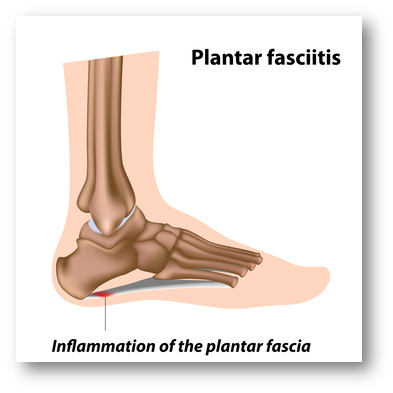 Have you ever experienced a sharp pain in your heel for no
apparent reason? One of the causes of heel pain is a condition called plantar
fasciitis. It is caused by inflammation of the plantar fascia, the tissue
connecting the heel bone to the toes. The plantar fascia serves as a 'shock
absorber' for the arch of the foot.
Have you ever experienced a sharp pain in your heel for no
apparent reason? One of the causes of heel pain is a condition called plantar
fasciitis. It is caused by inflammation of the plantar fascia, the tissue
connecting the heel bone to the toes. The plantar fascia serves as a 'shock
absorber' for the arch of the foot.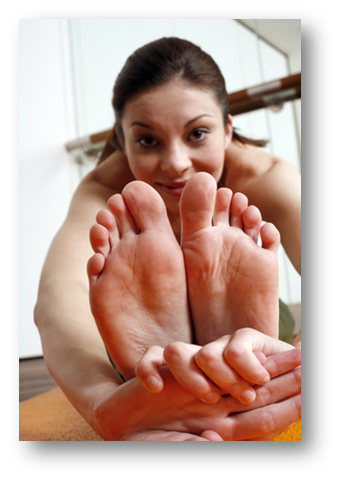 Often, people who suffer from plantar fasciitis have
tighter and weaker foot muscles. The physical therapist will conduct a detailed
evaluation of the strength, flexibility and stability of the muscles and
ligaments around your foot and ankle to determine the best course of action.
Often, people who suffer from plantar fasciitis have
tighter and weaker foot muscles. The physical therapist will conduct a detailed
evaluation of the strength, flexibility and stability of the muscles and
ligaments around your foot and ankle to determine the best course of action.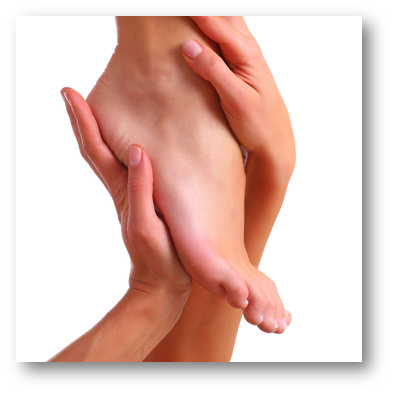 Surgery is an option but should be considered as the last
resort.
Surgery is an option but should be considered as the last
resort.